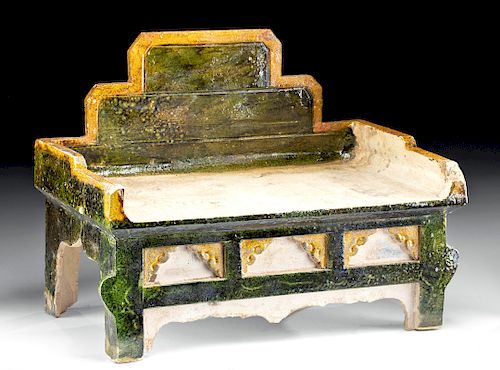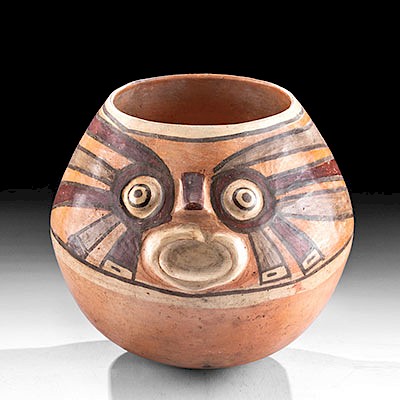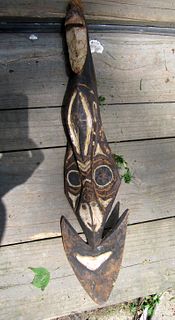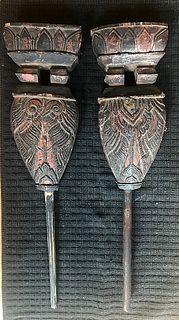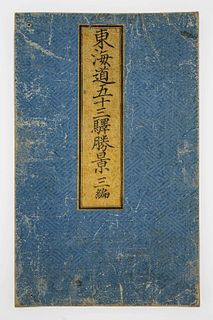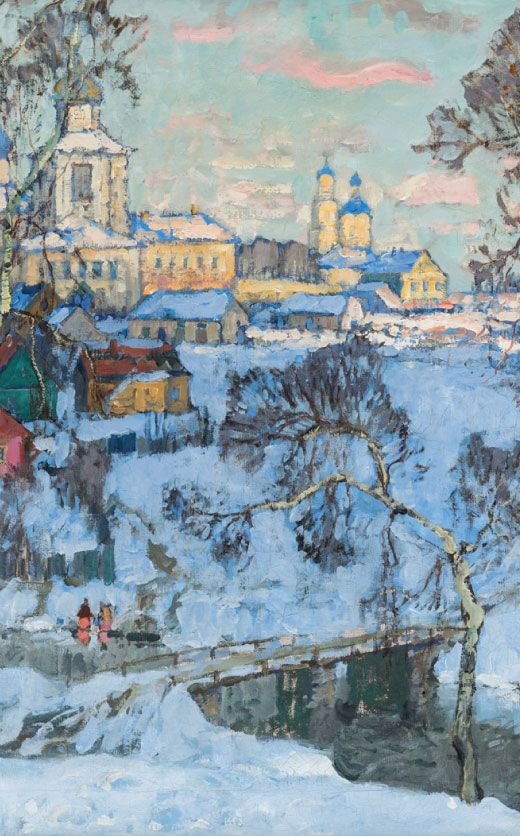Chinese Ming Pottery Opium Bed w/ Sancai Glaze
Lot 81
About Seller
Artemis Fine Arts
686 S Taylor Ave, Ste 106
Louisville, CO 80027
United States
Selling antiquities, ancient and ethnographic art online since 1993, Artemis Gallery specializes in Classical Antiquities (Egyptian, Greek, Roman, Near Eastern), Asian, Pre-Columbian, African / Tribal / Oceanographic art. Our extensive inventory includes pottery, stone, metal, wood, glass and textil...Read more
Categories
Estimate:
$1,200 - $1,500
Absentee vs Live bid
Two ways to bid:
- Leave a max absentee bid and the platform will bid on your behalf up to your maximum bid during the live auction.
- Bid live during the auction and your bids will be submitted real-time to the auctioneer.
Bid Increments
| Price | Bid Increment |
|---|---|
| $0 | $25 |
| $300 | $50 |
| $1,000 | $100 |
| $2,000 | $250 |
| $5,000 | $500 |
| $10,000 | $1,000 |
| $20,000 | $2,500 |
| $50,000 | $5,000 |
| $100,000 | $10,000 |
| $200,000 | $20,000 |
About Auction
By Artemis Fine Arts
Dec 5, 2019
Set Reminder
2019-12-05 10:00:00
2019-12-05 10:00:00
America/New_York
Bidsquare
Bidsquare : Ancient / Ethnographic - Holiday Edition
https://www.bidsquare.com/auctions/artemis-gallery/ancient-ethnographic---holiday-edition-4710
What to give this holiday season? Ancient & Ethnographic Art of course! Our special Holiday auction features hundreds of unique finds from all over the world. Artemis Fine Arts info@artemisfinearts.com
What to give this holiday season? Ancient & Ethnographic Art of course! Our special Holiday auction features hundreds of unique finds from all over the world. Artemis Fine Arts info@artemisfinearts.com
- Lot Description
East Asia, China, Ming Dynasty, ca. 1368 to 1644. A fabulous tomb pottery opium bed, slab-built and presenting an elegant form with decorative legs and a tiered back, all glazed in Sancai colors. The word Sancai means 'three colors', and is achieved by using different oxides mixed with varnishes heated at a low-temperature. With iron the artist could obtain the yellow; copper gives the green or sometimes the dark brown color; and in some cases, cobalt was used to create blue. This pursuit of various colors dates back to the Han period, when artists tried to imitate bronze objects. Size: 7.5" L x 12" W x 9" H (19 cm x 30.5 cm x 22.9 cm)
Tomb figures known as mingqi - also known as "spirit utensils," "vessels for ghosts," or "items for the next world" - and their accompanying possessions became popular sculptural creations during the Han Dynasty, though the tradition was hardly practiced during the tumultuous centuries that followed. Such pieces were revived during the Tang Dynasty (ca. 618 to 906 CE) and continued to be cherished in the Ming Dynasty.
Provenance: ex-Chow Su San Antiques Co. LTD, Hong Kong, China, acquired in 1989
All items legal to buy/sell under U.S. Statute covering cultural patrimony Code 2600, CHAPTER 14, and are guaranteed to be as described or your money back.
A Certificate of Authenticity will accompany all winning bids.
We ship worldwide and handle all shipping in-house for your convenience.
#150505Chips/losses to lower peripheries, front ends of platform border, and feet. Some abrasions and possible areas of repair to the platform of the bed and legs.Condition
- Shipping Info
-
All shipping is handled in-house for your convenience. Your invoice from Artemis Gallery will include shipping calculation instructions. If in doubt, please inquire BEFORE bidding for estimated shipping costs for individual items.
-
- Buyer's Premium



 EUR
EUR CAD
CAD AUD
AUD GBP
GBP MXN
MXN HKD
HKD CNY
CNY MYR
MYR SEK
SEK SGD
SGD CHF
CHF THB
THB